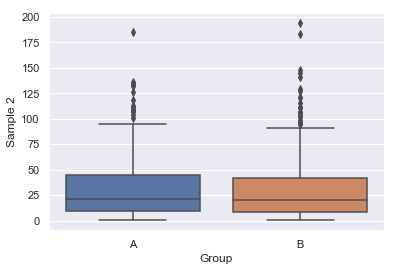There are many different types of distributions in statistics, but here are some of the most common ones:
Normal distribution: Also known as the Gaussian distribution, the normal distribution is a bell-shaped curve that is symmetrical around the mean. It is used to model many naturally occurring phenomena, such as the height of individuals in a population or the distribution of errors in a measurement.
Binomial distribution: The binomial distribution is used to model the number of successes in a fixed number of independent trials with a fixed probability of success. For example, the number of heads in 10 coin flips.
Poisson distribution: The Poisson distribution is used to model the number of events that occur in a fixed interval of time or space. For example, the number of car accidents per day on a particular road.
Exponential distribution: The exponential distribution is used to model the time between events that occur randomly and independently at a constant rate. For example, the time between arrivals of customers at a store.

Uniform distribution: The uniform distribution is used to model situations where all values within a certain range are equally likely. For example, the roll of a fair die.
Gamma distribution: The gamma distribution is used to model the waiting time until a certain number of events have occurred. For example, the waiting time until a certain number of radioactive decay events have occurred.
Beta distribution: The beta distribution is used to model probabilities between 0 and 1, such as the probability of success in a binary trial.
These are just a few examples of the many types of distributions in statistics, each with their own unique properties and applications.






